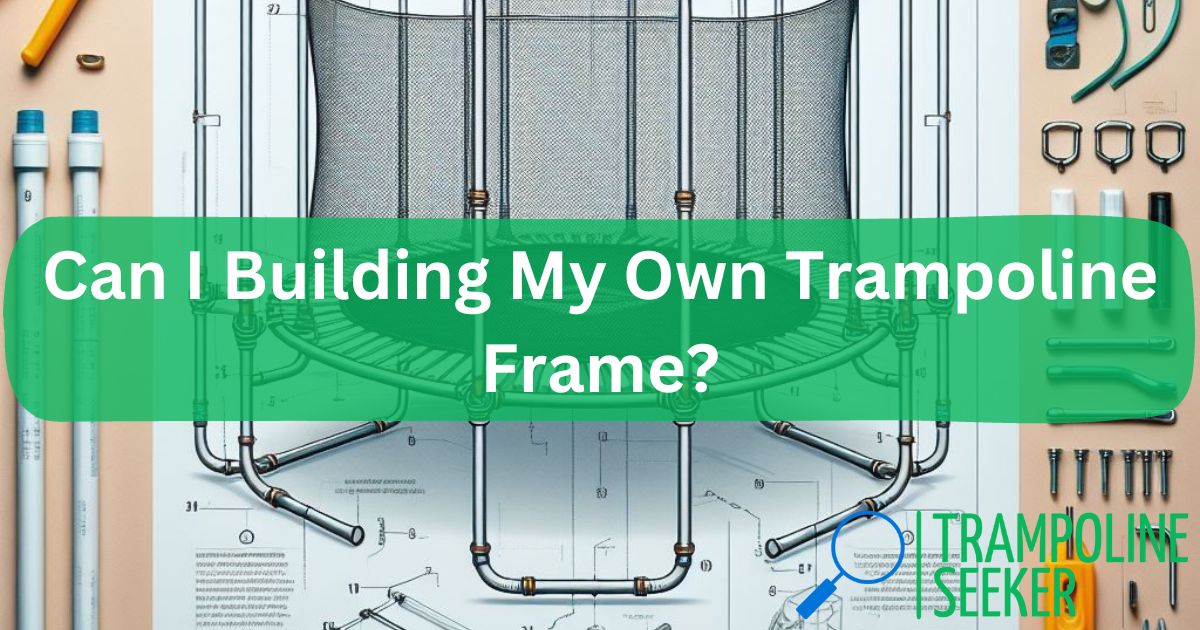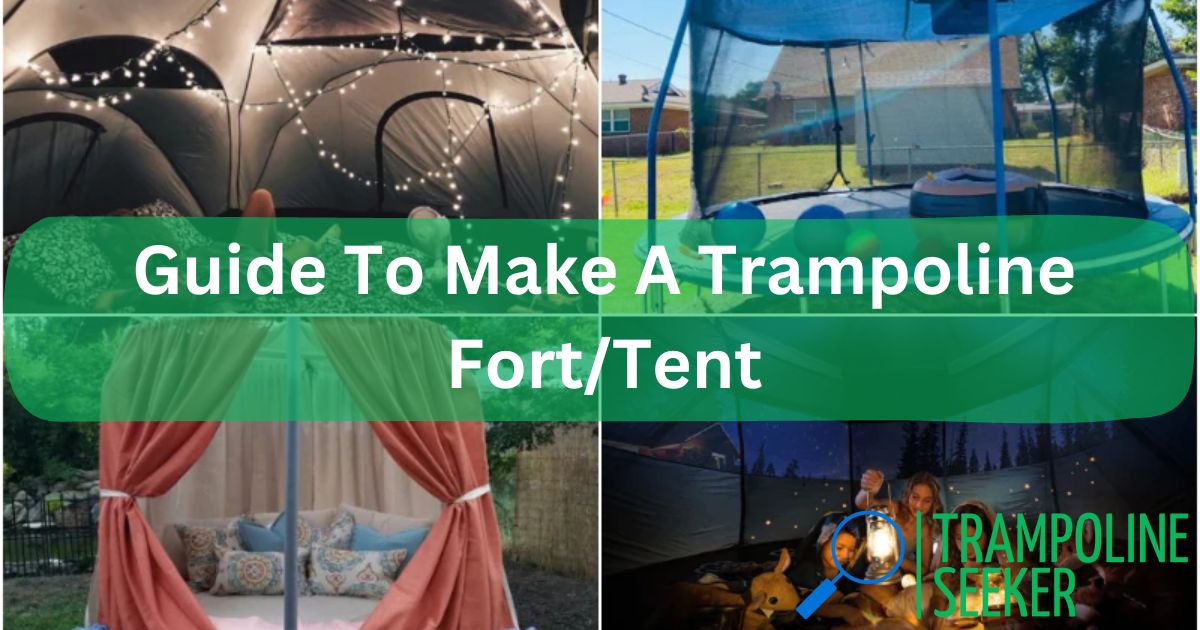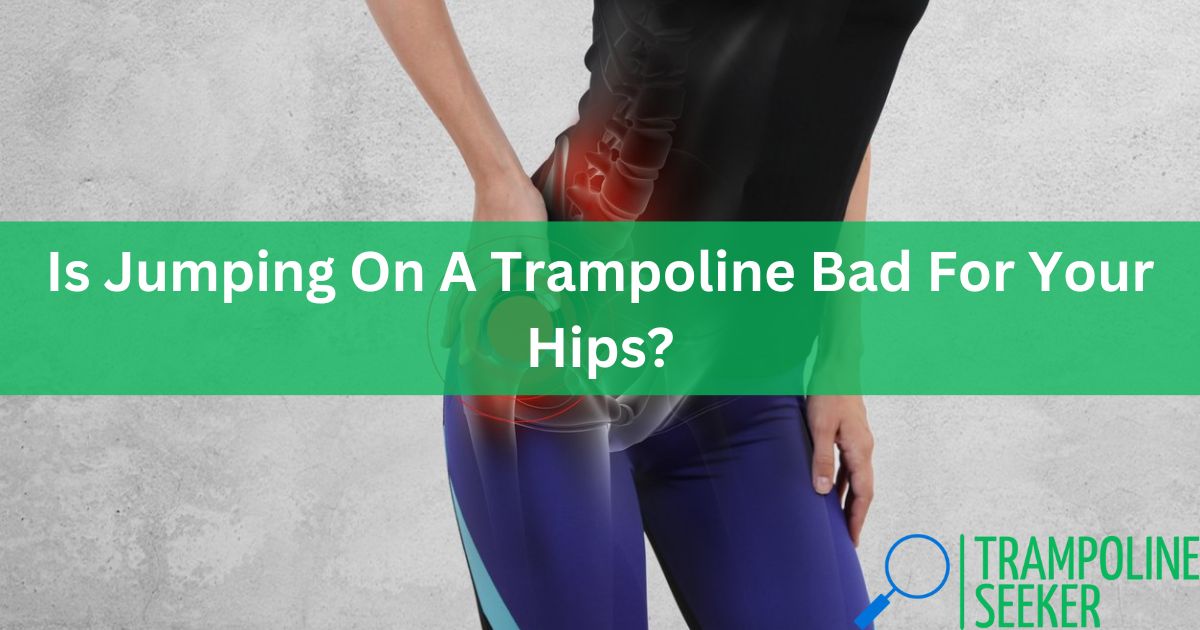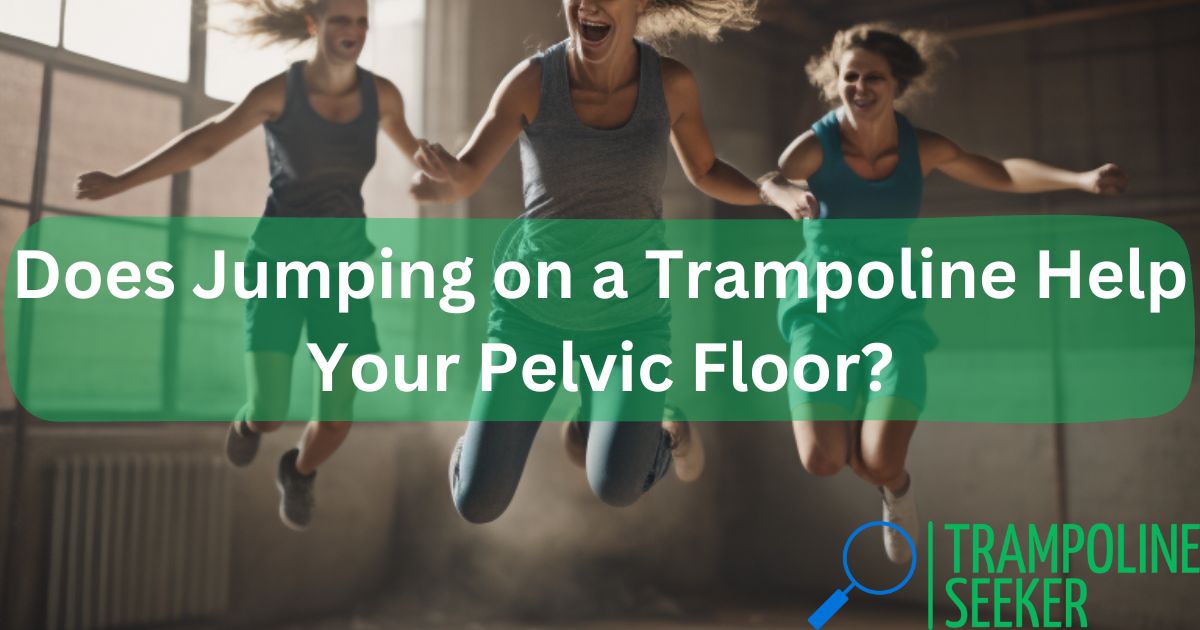As a trampoline owner in a snowy climate, I often grapple with the task of removing snow and ice buildup from the mat in winter. Recently, I came across the idea of using salt to melt the snow and ice. However, I wanted to research further before potentially damaging my trampoline with this shortcut method.
After analyzing recommendations from trampoline manufacturers and gardeners, the consensus is clear – salt should not be used on trampolines to remove snow and ice.
Why Salt Should Not Be Used on Trampolines

Applying salt to your trampoline to melt ice has significant downsides:
Corrosion of Metal Components
Table salt (sodium chloride) can corrode and oxidize the steel components of your trampoline over time, including:
- Springs
- Spring hooks and attachments
- Leg joints and extensions
- The metal frame
This can structurally weaken your trampoline and impact safety.
Damage to Mat and Pad
The salt residue left behind as the ice melts can also degrade and disintegrate the stitching on the jump mat fabric. The pads covering the springs are also vulnerable to deterioration from salt exposure over months and years of use.
Killing Surrounding Vegetation
The salt runoff can drain into the soil surrounding the trampoline, raising the salt content. This can dehydrate and kill nearby grass, plants, or vegetation.
Rust Formation
Salt accelerates rust formation on steel components of trampolines. Rust can further corrode and diminish the frame, weaken springs, and raise safety issues over time.
Recommended Methods to Remove Snow and Ice

To safely and effectively remove snow and ice buildup from your trampoline, experts recommend the following approaches:
Use a Broom and Shovel
Carefully sweep snow off the mat before it turns to ice. Use a foam snow shovel to gently pry and lift off icy areas, being cautious of snagging or tearing the mat fabric.
Tip the Trampoline Vertically
After clearing loose snow, tilt the frame to a vertical angle so the remaining snow and ice can slide off naturally. This avoids having to chip or scrape ice directly off the mat.
Let Ice Melt Naturally
On sunny winter days, rotate your trampoline so the mat directly faces the sun’s warmth. The radiant heat will naturally loosen remaining ice chunks and melt them safely away.
Purchase Protective Covering
Invest in a fitted weather cover designed specifically to shield your recreational trampoline from snow, ice, wind, and other cold weather hazards in the off-season.
Check Springs and Frame Periodically
During snow melt cycles, regularly inspect under the trampoline padding to check for excess rust or corrosion on springs, hooks, and the frame footer. Address as needed.
By following these best practices for removing snow and ice without salt application, I can keep my trampoline safe for kids to resume jumping on once the temperatures warm up again in spring! Avoiding salt protects the longevity of the steel components and maintains bounce performance.
Key Takeaways: Why You Should Never Use Salt on Your Trampoline
- Salt accelerates corrosion and rust damage on critical structural components like the springs, hooks, frame, and legs
- Prolonged salt exposure degrades protective padding and even disintegrates jump mat fabric
- Salt runoff depletes soil moisture, killing grass and plants around the trampoline
- Effective salt-free snow removal methods include shoveling, tilting vertically, sun exposure, and protective covers
Related Blogs:
Frequently Asked Questions
Does salt really corrode trampoline parts that quickly?
Yes, industry testing indicates steel trampoline components can show signs of corrosion and rust in just a few months after salt exposure. This can severely shorten the lifespan of your trampoline.
What about using less-corrosive salts like Calcium Chloride?
While less harsh than Sodium Chloride salts, calcium chloride still contains chlorides that accelerate rust and corrosion issues. Since any amount of salt residue can also accumulate on pads and mats, it’s best to avoid salt entirely.
Can I substitute rock salt instead?
No, rock salt has similar sodium chloride composition and therefore carries the same risks in terms of metal deterioration and fabric degradation over months of exposure.
Is it ok to use salt if I rinse it off afterward?
Unfortunately the small amount of time salt sits melting the ice is enough to start releasing corrosive agents and deteriorating your trampoline components at an accelerated pace. Any salt use, even if rinsed, will take its toll over time.
Conclusion
Regular snow and ice buildup poses a nuisance for trampoline owners, but turning to chemical salt compounds causes more harm than good for the longevity of your recreational equipment. If you understand the structural corrosion and safety hazards salt application creates, we can instead focus efforts on effective natural snow removal techniques. Protect your trampoline investment and avoid premature part replacements – skip the salt this winter!
Articles You May Like to Read:













